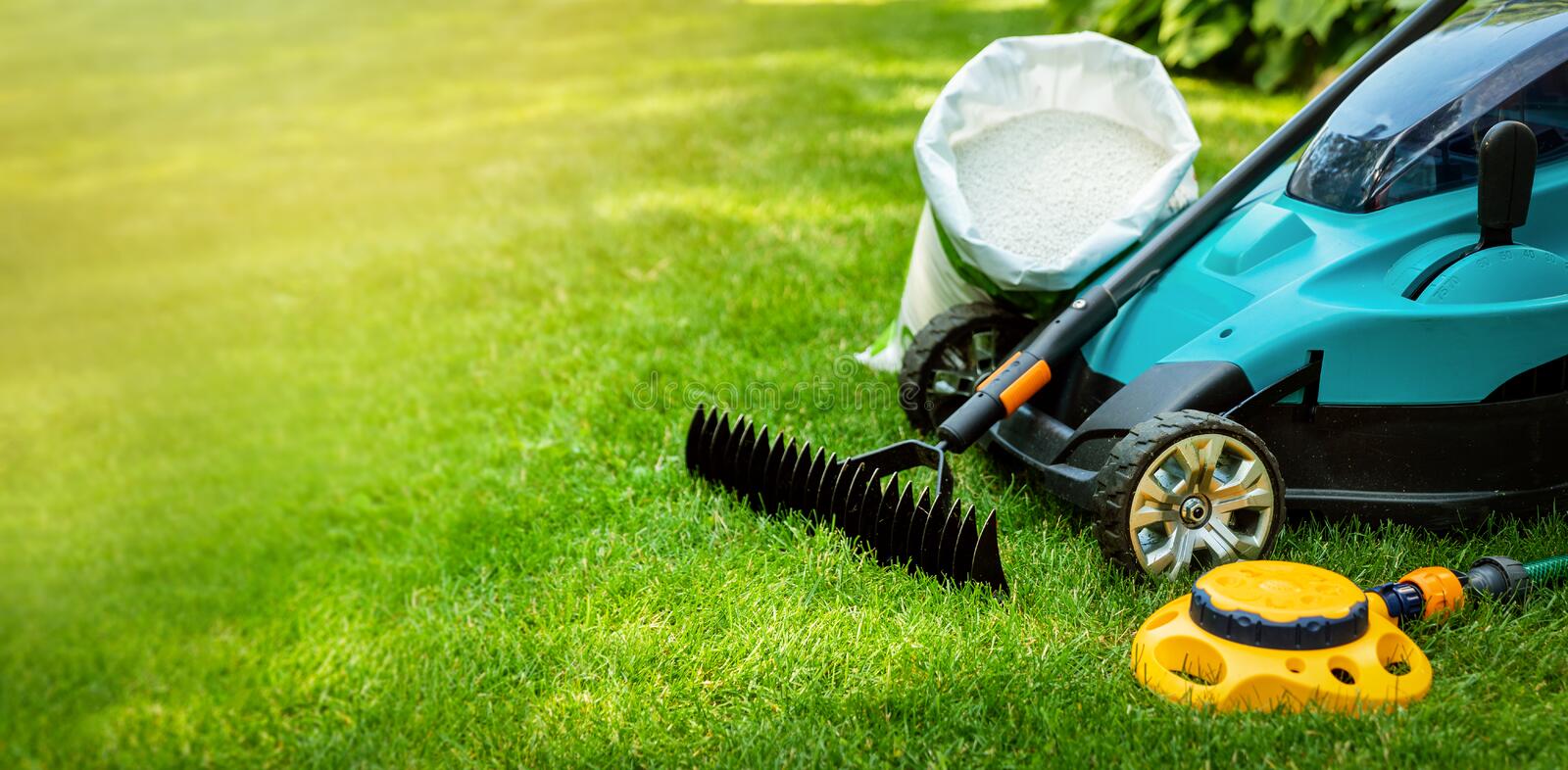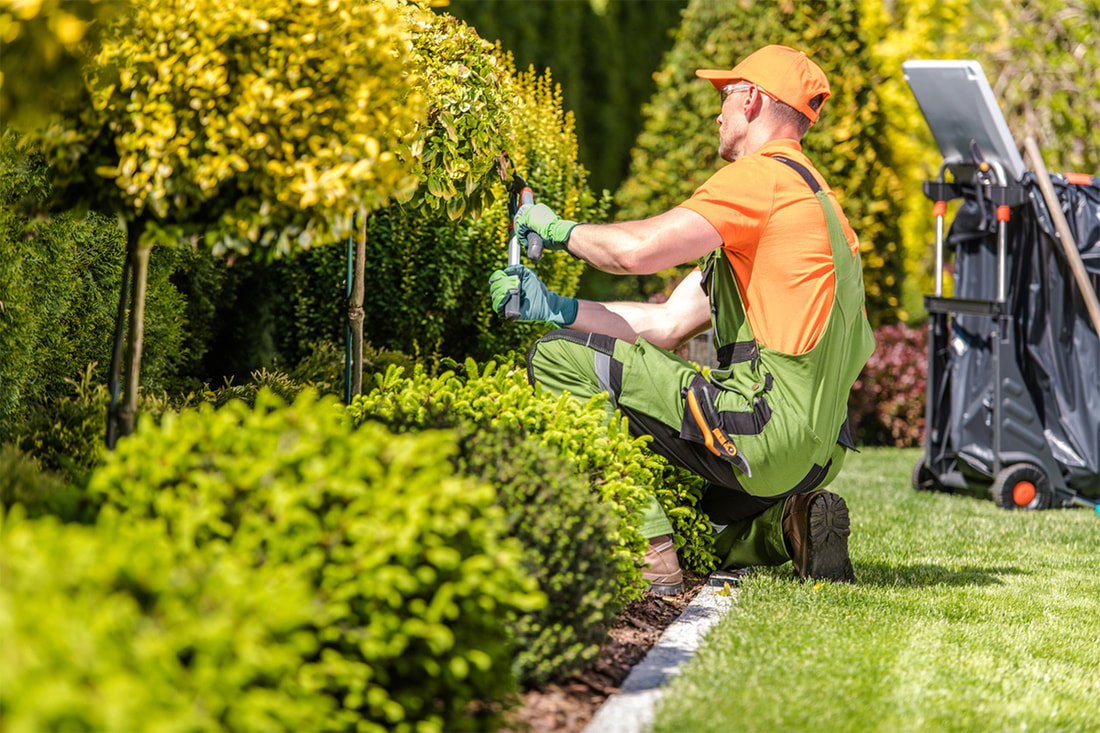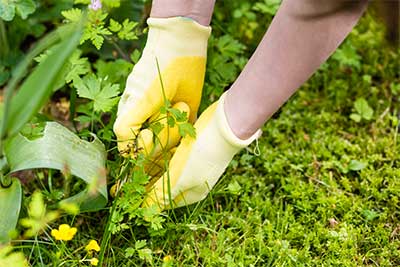|
Mowing the grass is one of my favorite outdoor activities. Despite the noise from the motor, I find a sense of peace when I'm mowing. Our lawn spans about a third of an acre, and with my trusty riding mower, it takes me about an hour to give it a perfect trim. The feeling of accomplishment that I get after mowing is unmatched, and the lawn always looks picture-perfect right after. To make sure that my mower is in top condition, I always get it serviced during the winter. For gas-powered mowers with four-cycle engines, it's essential to change the oil and potentially the filters. But most importantly, the blade should be sharpened to ensure that it makes a clean cut and keeps the grass blades healthy throughout the season. Once my mower is ready to go, I can start mowing as soon as the grass needs it. The first time I mow, I lower the blade to trim off any winter damage from the grass. After that, I raise the blade back up. For the rest of the season, I keep the blade at three inches or higher, as longer grass blades retain more moisture and shade the roots, reducing drought stress, especially in the hot summer months. During the spring months, as the grass begins to grow and green up, you might notice an unwelcome weed called Nimblewill, which is a warm-season grass-type weed that grows when the soil warms up in the summer. This weed is notoriously difficult to eradicate, and herbicides that are effective against it are hard to find. However, Tenacity is a herbicide that some people have reported to be effective against Nimblewill, although it is not readily available in stores and is relatively expensive. Alternatively, for large areas, a non-selective herbicide like Hi-Yield Killzall or Roundup can be used, but keep in mind that any good grass in the area will also be affected, so re-seeding will be necessary. Another grass type that may appear in early spring is annual rye grass, which is a cool-season grass that grows faster than the other grasses and appears as clumps of dark green grass. Although it might seem like a nuisance, it is still grass, and you cannot eliminate it without also killing the other grass types. However, annual rye grass is a temporary problem and will stop growing as the soil warms into the summer. As the season progresses, you may find yourself needing to mow more frequently in the spring as the grass grows quickly in the Spring weather. When mowing, it's important to keep up with it and not cut off more than one-third of the blade length. By following these guidelines, you'll be able to keep your lawn looking green, healthy, and beautiful throughout the season.
0 Comments
Leave a Reply. |
�
categories
Categories
All
|





 RSS Feed
RSS Feed